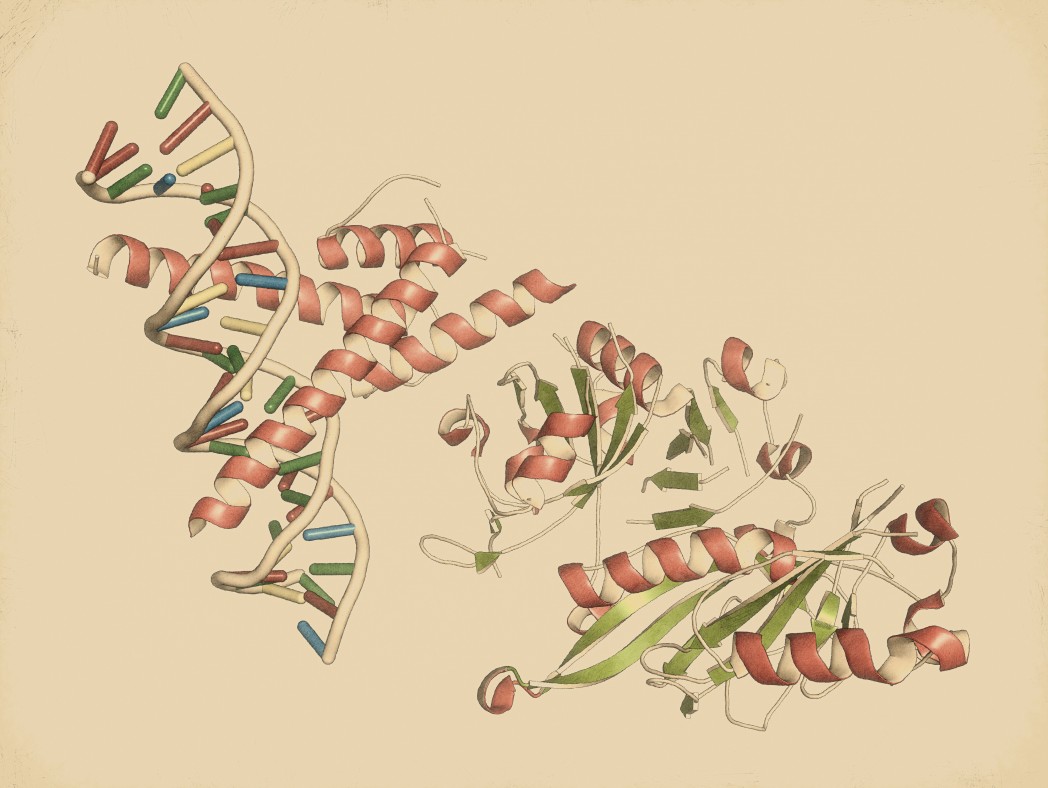Protein Buildup in ALS Brains Linked to Lower Protein Removal Factor

Researchers at Torrey Pines Institute for Molecular Studies, in Florida, discovered that patients with amyotrophic lateral sclerosis (ALS) have lower levels of a factor that controls autophagy, a cell mechanism for protein removal from the brain.
The study, “Transcription Factor EB Is Selectively Reduced in the Nuclear Fractions of Alzheimer’s and Amyotrophic Lateral Sclerosis Brains,” published in Neuroscience Journal, suggests that the lower levels found in brain areas crucial for movement might contribute to protein buildup, which is believed to contribute to toxicity and neurodegeneration in ALS patients.
As people age, the mechanics of getting rid of old and dysfunctional proteins becomes less efficient. In neurons, a crucial part of the system focuses on larger structures such as aggregated proteins. The second process, called autophagy, captures proteins in a membrane that engulfs the protein marked for destruction. The structure, called an autophagosome, then fuses with another cell component called lysosome, which contains enzymes that chop the protein to pieces.
Researchers are increasingly realizing that the system is either dysfunctional or insufficient in ALS, because of evidence that shows proteins aggregate in ALS patients just as they do in other neurodegenerative diseases such as Alzheimer’s. ALS News Today recently reported that such protein aggregation is seen in a mouse model of the disease.
Although the processes involve many molecular factors, scientists recently discovered that the transcription factor EB acts as a main switch of autophagy by controlling the gene activity of a multitude of the molecules involved. The Torrey Pines researchers explored levels of the levels in ALS by looking at brains of deceased patients.
Like many other transcription factors that control gene activity, EB is present in the cell nucleus where the DNA is located, and in the surrounding cell compartment called the cytosol. Researchers discovered that while there was no difference in the levels of the factor in the cytosol of ALS patients and neurologically healthy people, patients had 62 percent less EB in the nucleus of nerve cells from the motor cortex — a brain area crucial for movement.
This suggests that the process of clearing cell debris is not properly activated in ALS patients.






